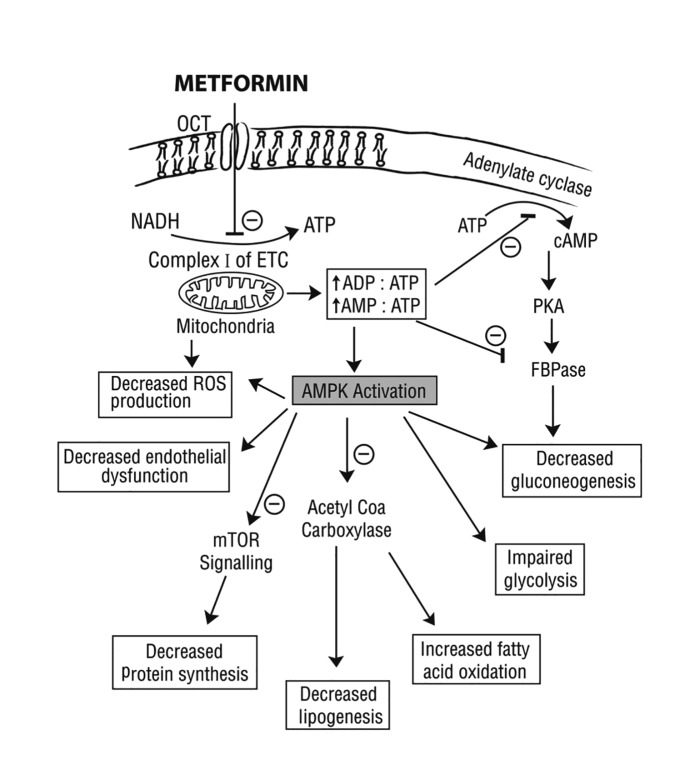Figure 1. Mechanism of action of metformin.
Metformin is transported across the cell membrane and mitochondrial membrane by organic cation transporters (OCT). Metformin inhibits the complex I of the electron transport chain in the mitochondria, leading to suppression of ATP production. The resultant increase in AMP:ATP ratio and ADP: ATP ratio causes activation of AMP-activated kinase (AMPK), which acts as the cellular energy sensor. AMPK activation leads to a switch in cell metabolism toward catabolic pathways generating energy and suppression energy consuming processes such as gluconeogenesis. Increase in AMP:ATP ratio inhibits fructose-1,6-bisphosphatase, a key enzyme involved in gluconeogenesis. Increased intracellular AMP inhibits adenylate cyclase, with decrease in cAMP production and reduced expression of gluconeogenic enzymes. AMPK activation further results in phosphorylation of acetyl-coA carboxylase and this leads to increased fatty acid oxidation and decreased lipogenesis. Additionally, AMPK activation inhibits mTOR and downstream signaling pathways with decrease in protein synthesis.
Abbreviations: ADP, adenosine diphosphate; AMP, adenosine monophosphate; ATP, adenosine triphosphate; cAMP, cyclic AMP; ETC, electron transport chain; FBPase, fructose-1,6-bisphosphatase; mTOR, mammalian target of rapamycin; NADH, nicotinamide adenine dinucleotide; OCT, organic cation transporter; PKA, protein kinase A; ROS, reactive oxygen species.

